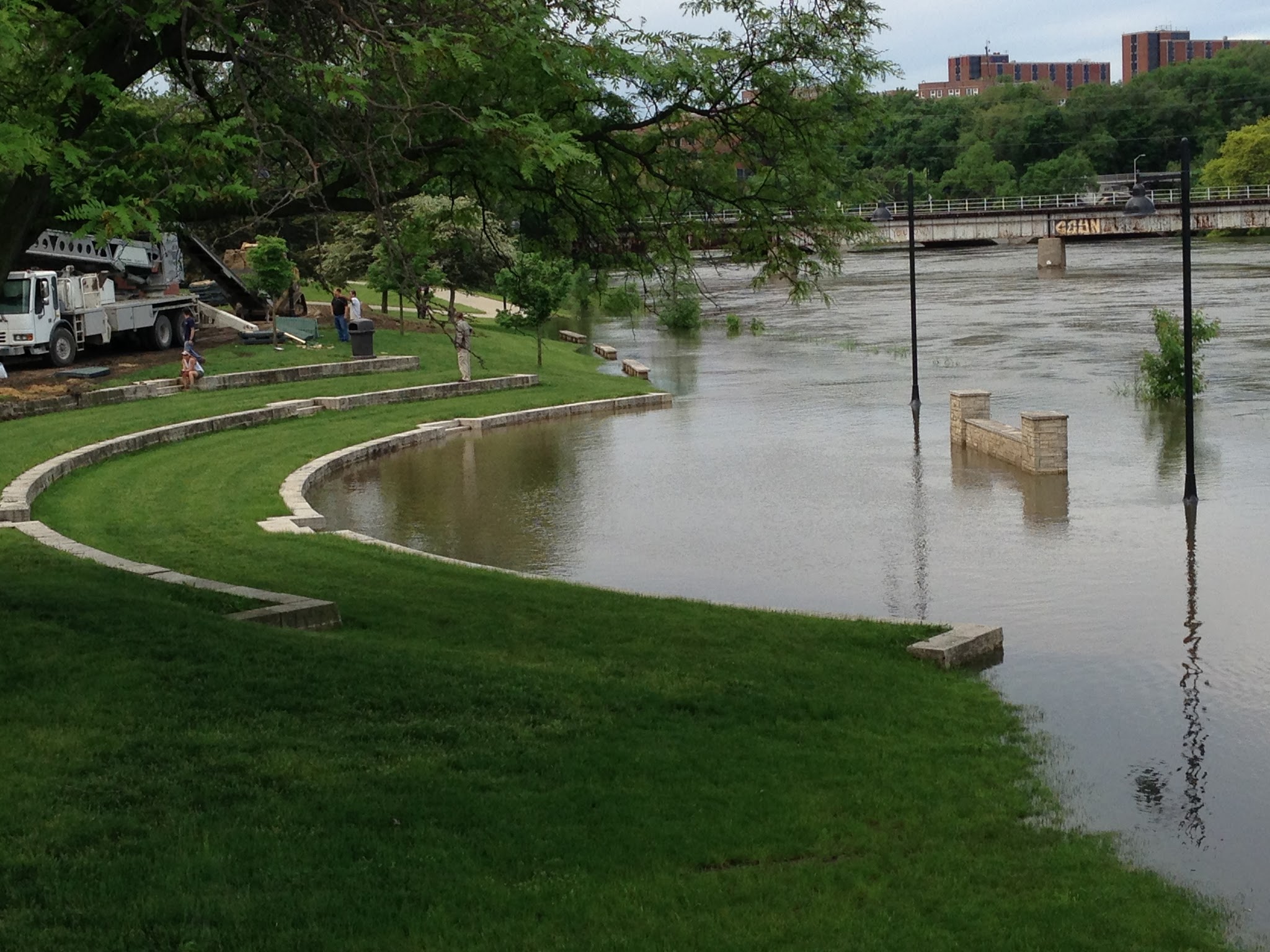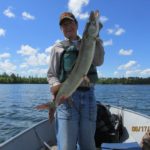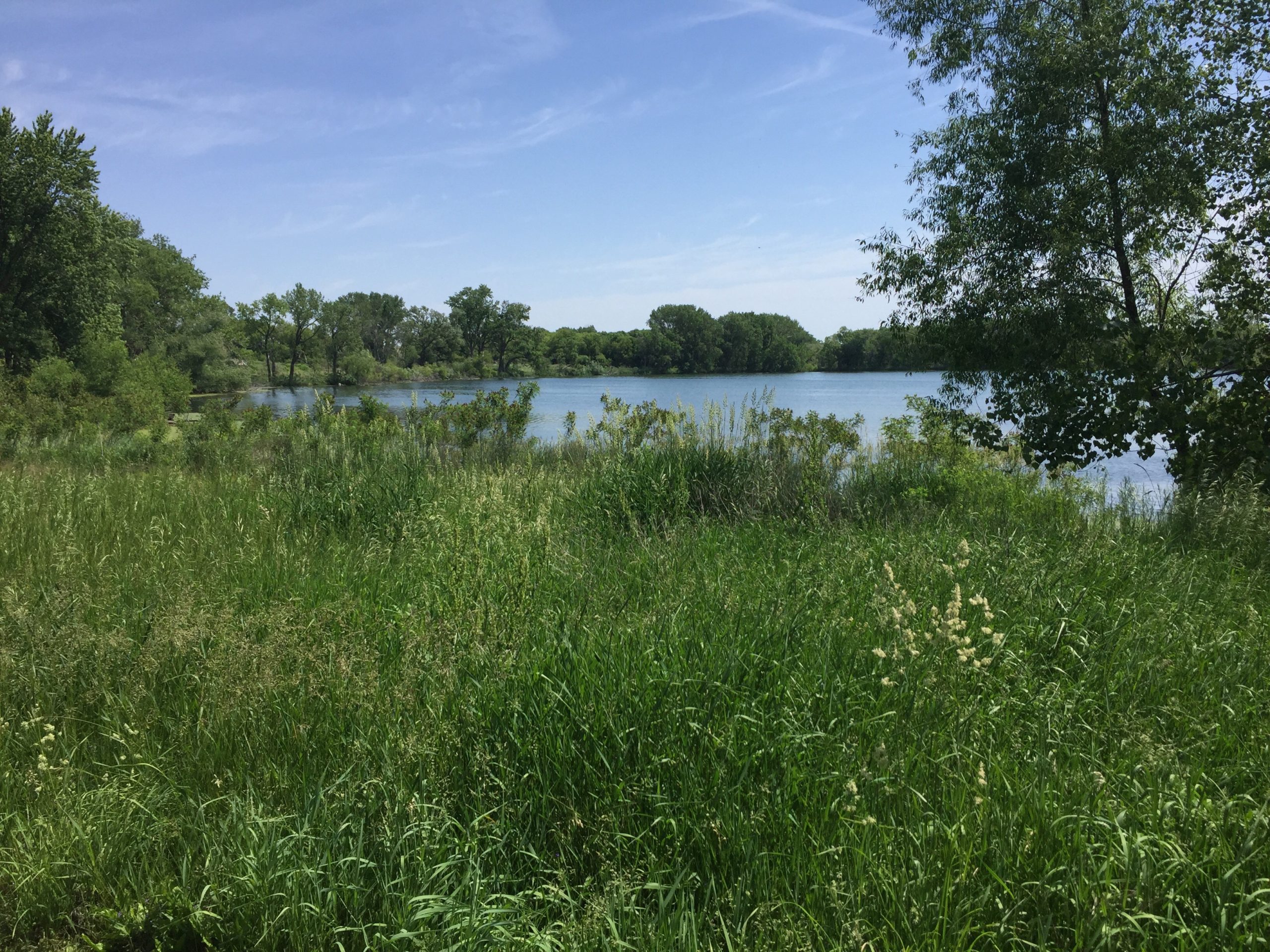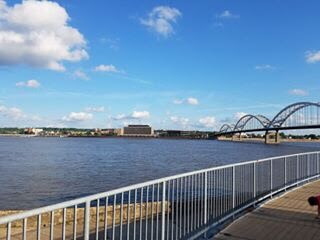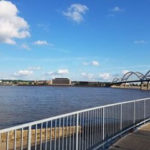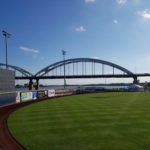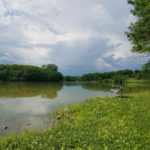
Photo from the Iowa Watershed Approach website.
Developing a plan for Middle Cedar River Watershed
This spring, we talked to Jennifer Fencl, the Solid Waste & Environmental Services Director at The East Central Iowa Council of Governments (ECICOG), about how watershed management plans come together. We are now getting experience in the planning process as the Iowa Water Center is a partner organization for the Iowa Watershed Approach. This is a U.S. Department of Housing and Urban Development award of almost $97M for Iowa for watershed improvement. This will fund watershed projects that address unmet needs from natural disasters in the past. The project will work in nine watersheds located throughout the state. These watersheds are:
- Upper Iowa River Watershed
- Upper Wapsipinicon River Watershed
- Bee Branch Creek (Dubuque) Watershed
- Middle Cedar River Watershed
- Clear Creek Watershed
- English River Watershed
- North Raccoon River Watershed
- East Nishnabotna River Watershed
- West Nishnabotna River Watershed
Last week, we met with partners in the Middle Cedar River Watershed in eastern Iowa to develop a watershed plan. Emmons & Olivier Resources, Inc. is making the management plan for the watershed. A watershed plan is a document that identifies water quality issues at the watershed-level, recommends solutions, and creates a framework for how to put these solutions into action. A watershed plan brings together data sets from a variety of resources that capture social and ecological aspects of the watershed. For full information on the project, see the Middle Cedar River Watershed webpage at the Iowa Watershed Approach website.
One of the first steps in the process of making the watershed management plan is organizing the planning effort among partners who are contributing diverse data sets. Data for this project is coming from Iowa State University, the University of Iowa, the Iowa Flood Center, Iowa Department of Natural Resources, among many others. Collaboration and effective communication among this group will enable the creation of a comprehensive watershed management plan that works for the local community.
Although having data about the watershed is important, it is key to have local involvement. Planning partners will also engage the public through an open house meeting to inform them about the project and the different contributions from partner organizations. In the process of the plan coming together, local stakeholders will be recruited to participate in the effort.
What is the Iowa Water Center doing for the management plan?
Currently, the Iowa Water Center is the umbrella organization for the Daily Erosion Project, a tool that estimates soil movement and water runoff from hillslopes on a daily basis. Ever-increasing topsoil loss reduces crop yield potential, reduces water holding capacity of the ground, and contributes to water quality impairments through sedimentation in waterways. Soil movement estimation is valuable information for watershed planning because it can help prioritize critical areas in need of conservation efforts, and so financial resources can be used strategically to create the highest impact.
We also love to communicate what is happening around the state through our blog, website, newsletter, and Twitter. We plan on writing about the various stages of this project and others to keep you informed on what is going on across Iowa. We are looking forward to the first open house meeting with the folks located in the Middle Cedar.
This is a multi-part series exploring the process of how Watershed Management Authorities and other entities are organizing and making a positive difference in Iowa through the Iowa Watershed Approach.
Getting to know your Watershed Pt. 2

